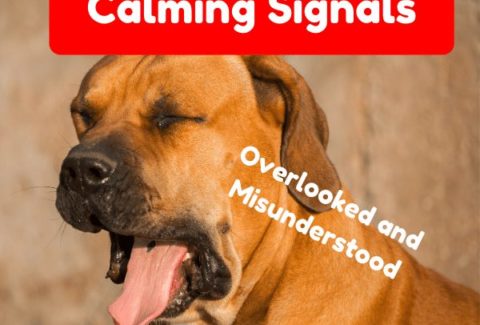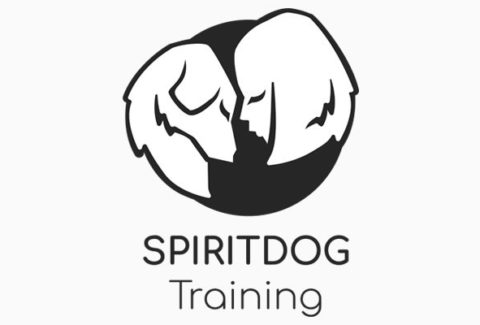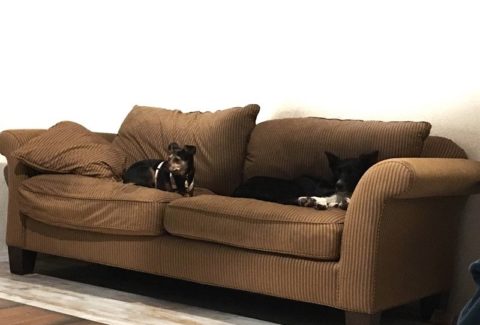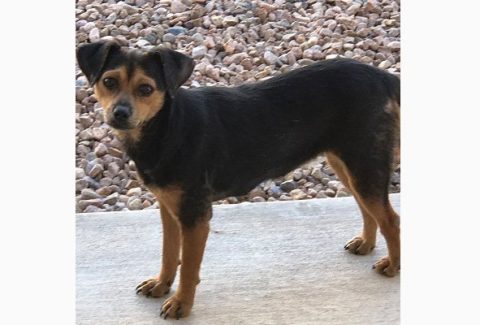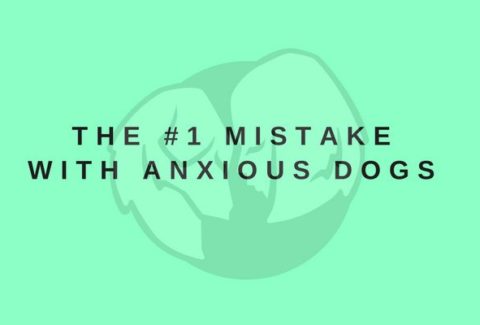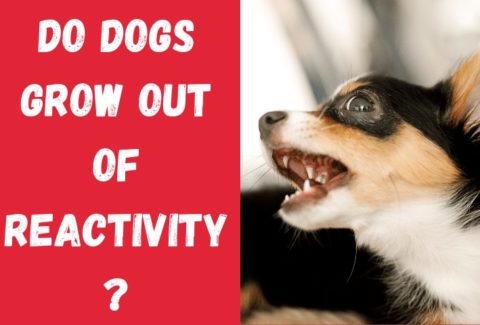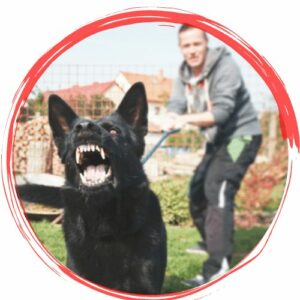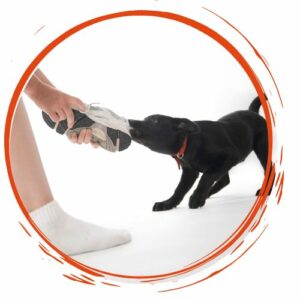Don’t Distract Your Anxious Dog
May 11, 2021 2021-05-26 0:17Don’t Distract Your Anxious Dog
Don’t Distract Your Anxious Dog
We have all seen it many times: a dog is stressed, anxious, reactive; he is pulling on leash, growling, barking and lunging. The owners do their best to stand between the dog and his trigger, asking their dog to watch them, to sit and down and stay and leave it.

Distracting our anxious dogs is the most popular approach to managing his behavior. Unfortunately it is just that: management. Not training.
Let’s look at the difference between those two:
Management consists of measures we take to control a situation in certain ways to prevent or stop behaviors. If your dog likes to steal food of the table and you put him in his crate during mealtimes, he will not be able to steal food. He has not learned to not jump up and get his share, but you did successfully stop him from doing it.
As soon as you stop the management, he will revert to his old behavior.
Training consists of measures we take to teach our dogs to stop or perform certain behaviors. If we play impulse control games with our dog and teach him to go to a mat during mealtimes, we have successfully altered his behavior.
Once a behavior is trained we need to put in some maintenance work every now and then, but generally, we can consider the behavior permanently changed.
Asking your dog to focus/sit/down/stay/leave it when he is exhibiting anxious behavior is management. It doesn’t change his anxiety at all. His emotional response to the trigger is still exactly the same – you are only managing how it manifests.
There are several problems I see with this management approach:
1. It is prone to slip-ups
One day you will find yourself in a situation where you will be distracted, or too far away, or your dog’s trigger too close. Then you will not be able to distract your anxious dog and he might escalate the situation, or perhaps flat-out bolt.
We are humans, we will make errors. It is not smart to rely on never making a management mistake.
Many years ago I was in the situation of witnessing a management-error firsthand. All humans involved were doing the best they could in managing the anxious dog (this was the protocol recommended to them by a different trainer), when absolutely unexpectedly a trigger of his (a man with a hat) appeared way too close for the dog to be managed or retreat. The dog ended up biting, the trigger ended up in the hospital, the dog was euthanized.
2. It can make your dog more anxious
If there is something that scares your dog, he will want to keep it in his field of vision. Allow him to observe his trigger – ideally from a distance at which he is comfortable – and make positive, or at least neutral, experiences in its presence.
It is very concerning to your dog to be forced to stop looking at the thing that he feels is really threatening. Trying to physically disengage your dog (eg by turning his head with your hands) may even result in him biting you.
3. It will poison your cues
You have a dog who enthusiastically sits and downs on cue.
Great!
Don’t give that up by using the cues in a context where he is scared and stressed. Sitting and lying down will make your dog feel more vulnerable, and therefore even more scared.
He will remember the emotions you are attaching to your cues, and he will be less enthusiastic about sitting the next time. He will take a longer time to respond to your cue, and over time it will wear down to a point where you have a dog who is anxious and doesn’t like to sit when asked.
If you really want to use different behaviors to distract him, use happy, dynamic ones: spinning, barking, jumping up in the air.
Instead of relying on management, use training:
Change your dog’s emotions regarding the trigger permanently by providing him with positive experiences. Have your dog watch the trigger from a distance and feed him delicious treats as he does so (let him keep on watching the trigger while he eats – this is a wonderful way to connect the scary thing with great food, way better than asking him to NOT look at it). Let the trigger become the predictor of good things to happen, so that your dog’s anxiety will permanently be decreased and changed into a positive, or at least neutral, emotion.
We will still keep management in our toolbox: sometimes a trigger appears out of nowhere. Maybe it is too close for productive training to happen, maybe we aren’t equipped with treats, maybe the dog just needs to get out of the situation.
Then of course use management to make your dog as comfortable as possible, and the situation as relax as you can.
But don’t rely on management alone – the long-term goal should always be a behavior change.
To summarize:
- Distracting your dog is management. It may be necessary in a specific situation but it should not be the sole approach as it only addresses one situation at a time, and does not produce a general behavior change.
- Working with your dog on positive experiences in the presence of the trigger is training. It will permanently change his behavior.
- Let your dog watch his trigger – from a distance a which he feels safe – and connect it to positive experiences.
- Asking our dog to perform known cues such as sit and down can poison these cues and should definitely be avoided.
Do not rely on management, it will eventually fail.
Make your dog feel comfortable and safe, and his anxiety will become better.
Happy training!

